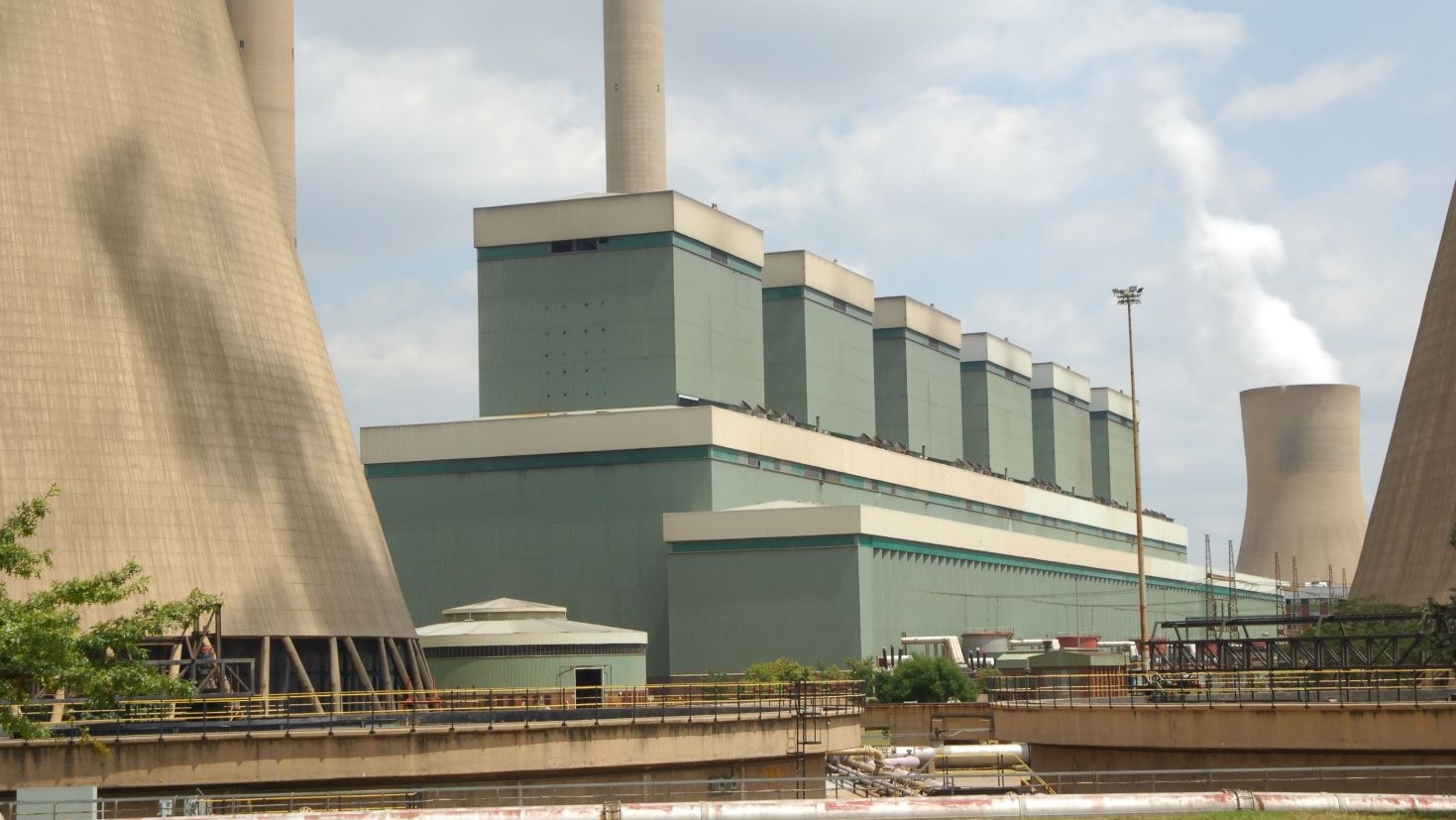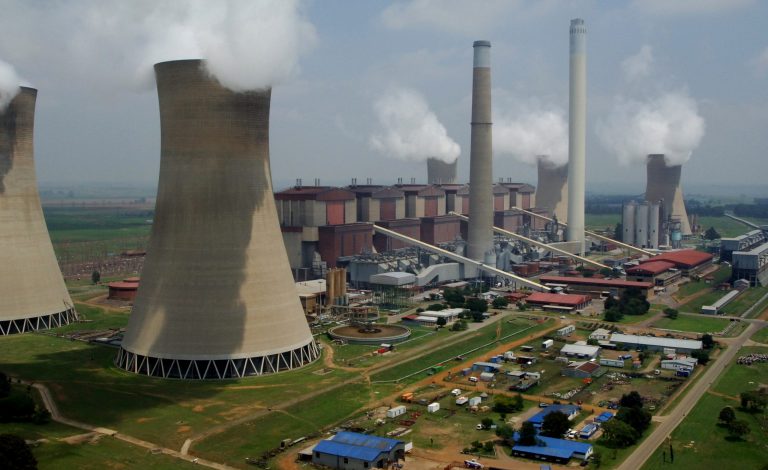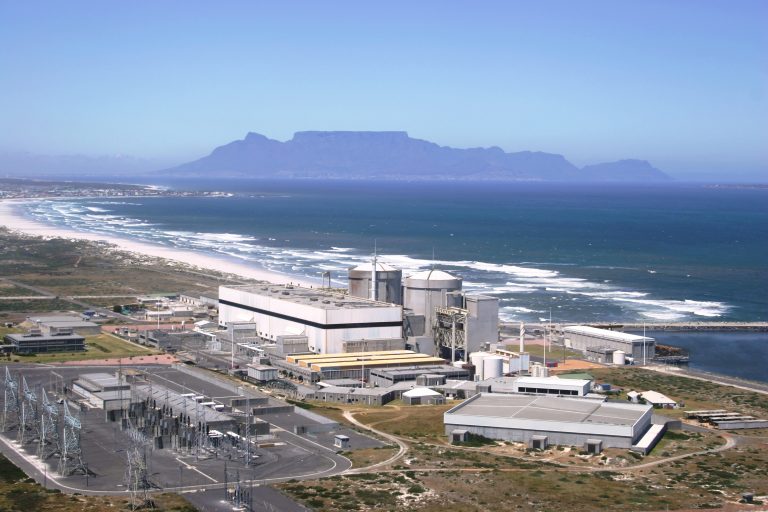Loadshedding remains suspended: R16.69 billion in year-on-year diesel savings achieved – ongoing high levels of planned maintenance continue
Friday, 28 February 2025: Eskom confirms that loadshedding remains suspended, supported by a stable power system and emergency reserves. We are also on track to replenish the emergency reserves in preparation for the next business week.
The generation capacity in the system remains constrained as Eskom continues to maintain high levels of maintenance, averaging 7 032MW in February. This is part of efforts to improve fleet reliability in preparation for the high winter demand, while also meeting environmental license conditions and regulatory requirements. There is a heightened focus to return units to service as part of the Generation Recovery Plan, which has been in place since March 2023. The strategic use of peaking stations remains key in managing electricity demand, especially during the evening peak period (17:00 to 22:00).
Year-to-date (1 April 2024 to 27 February 2025), loadshedding was suspended for 325 days (7 871 hours), compared to 32 days (2 103 hours) in the same period last year. Electricity supply was available 98% of the time, compared to just 9.6% last year.
Year-to-date diesel savings have reached R16.69 billion, which is 55.7% less than the R29.98 billion spent during the same period last year.
Eskom’s Summer Outlook from 1 September 2024 to 31 March 2025, published on August 26, 2024, remains unchanged.
A total of 3 610MW will be returned to service before the evening peak on Monday, 03 March 2025, to further stabilise the grid.
As of today, unplanned outages stand at 14 534MW, while available generation capacity is 27 347MW, sufficient to meet tonight’s forecasted peak demand of 25 225MW.
Key Performance Highlights:
- From February 21 to February 27, 2025, average unplanned outages increased to 14 504MW, showing a slight improvement of 194MW compared to the same period last year. The delayed return of five units from planned maintenance, totalling around 2 800MW, contributed to this increase. However, three of these units have now been restored, adding 1 500MW back to the grid. Year-to-date average unplanned outages stand at 12 190MW, 810MW lower than the summer base case of 13 000MW.
- The Unplanned Capacity Loss Factor (UCLF) for the financial year-to-date is 25.48%, showing an improvement from 32.45% in the same period last year. This reflects a ~7.0% improvement.
- The year-to-date PCLF is 12.7%, which is 1% higher than the 11.85% recorded during the same period last year.
- The weekly EAF reduced from 57.0% at the beginning of the financial year to 55.03% from 21 to 27 February 2025, while the year-to-date EAF is at 61.26%, a significant improvement of ~6.7% compared to the same period last year (54.57%).
- Year-to-date Eskom spent approximately R13.29 billion on fuel for the OCGT fleet (both Eskom and IPP owned), which is below budget, generating 2 195.94GWh. This is significantly lower than the 4 724.42GWh generated during the same period last year.
- The OCGT load factor from 21 February to 27 February 2025 increased to 37.83% compared to last year’s figure of 17.96%.
- The OCGT load factor year-to-date stabilised at 8.05%, compared to last year’s figure of 17.32%.
‘Save Your Transformers, Save Lives’ campaign
While loadshedding is currently suspended, Eskom appeals to the public to avoid illegal connections, to buy electricity only from Eskom-accredited vendors and help protect the power network by reporting any illegal activities to the Eskom Crime Line at 0800 112 722 or via WhatsApp at 081 333 3323.
We will provide an update on Friday, 07 March 2025, or promptly communicate any significant changes as soon as they occur.
ENDS








